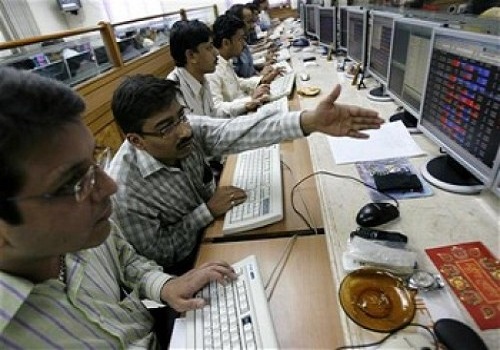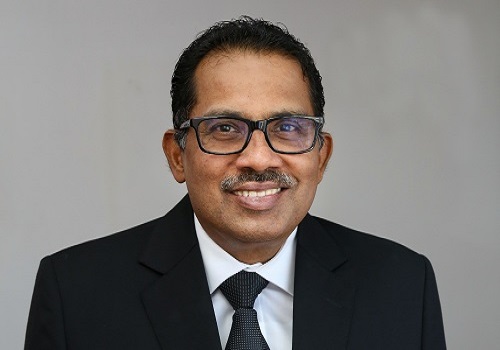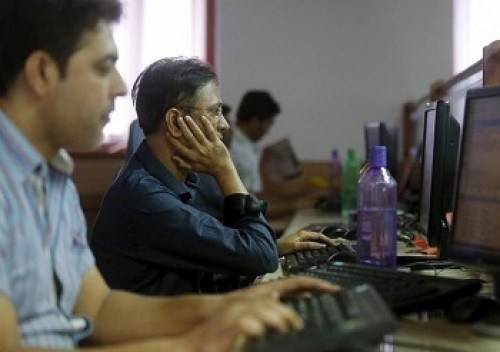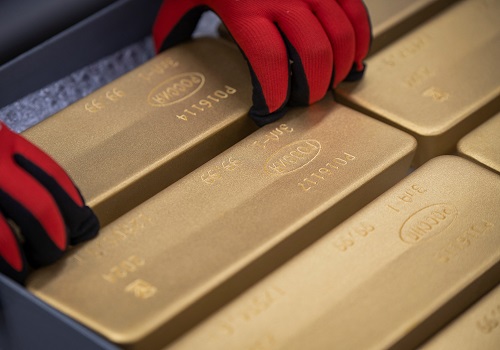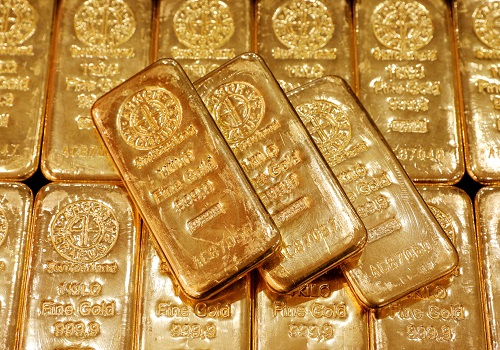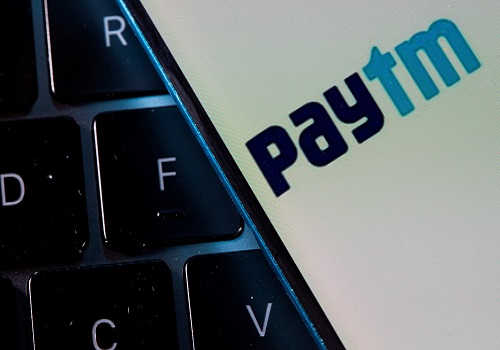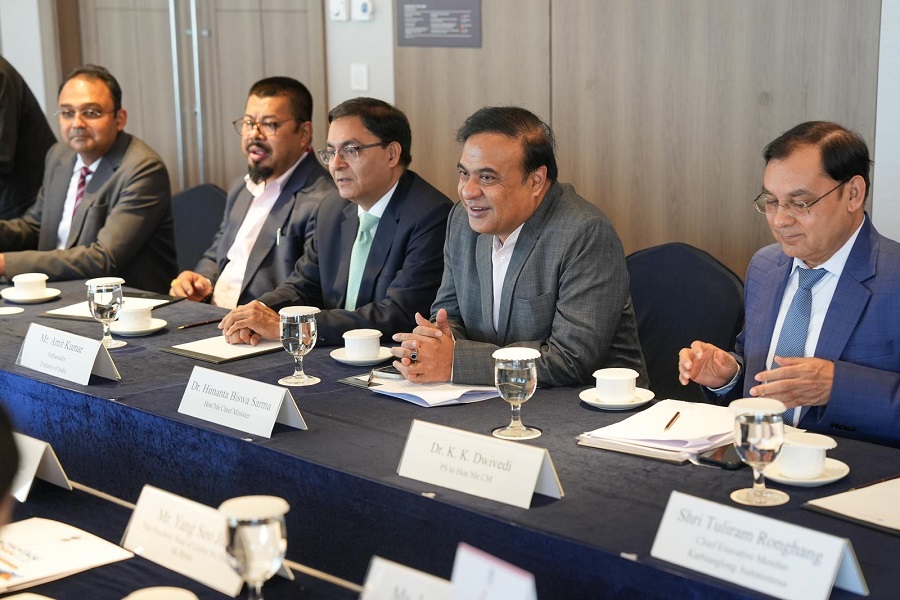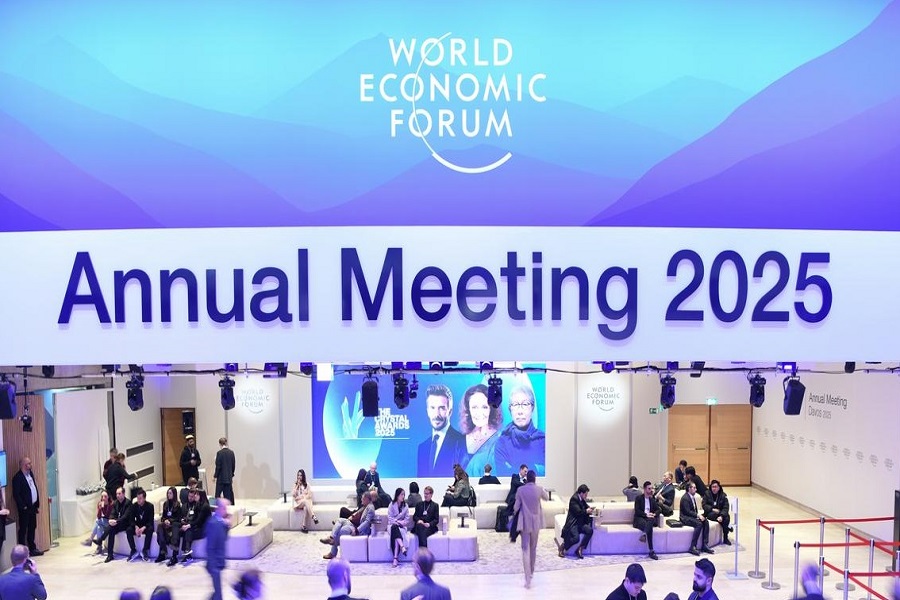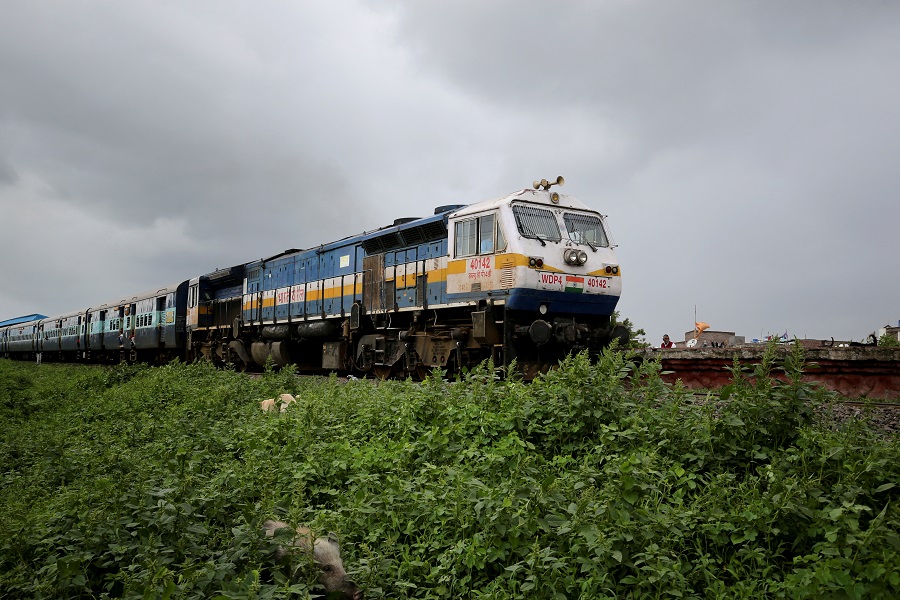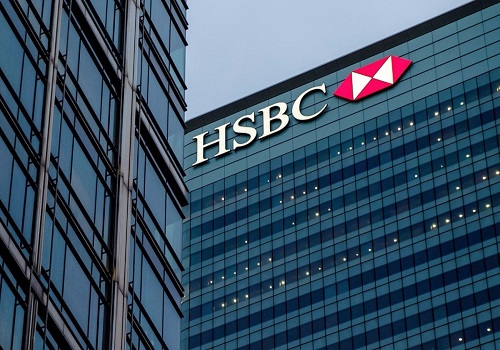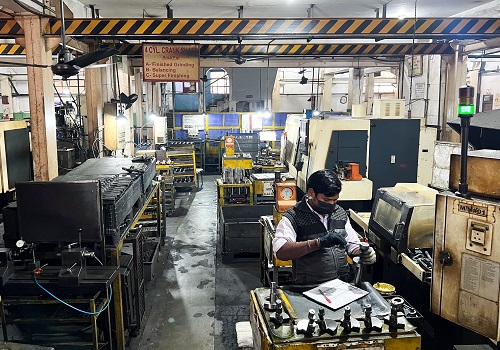Mumbai gets a makeover as India binges on bridges, roads and rail
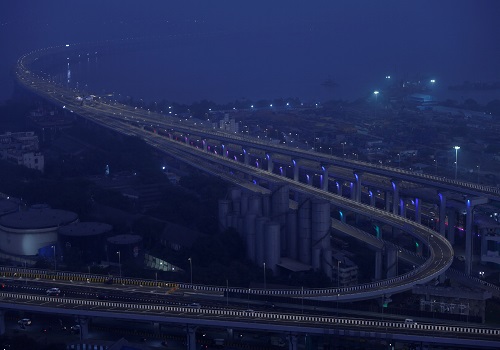
India's longest bridge, the 22-km (14-mile) Atal Setu linking central Mumbai with a fast-growing commercial hub across the Arabian Sea, will open on Friday in a ceremony by Prime Minister Narenda Modi as a centrepiece of his government's infrastructure drive.
Modi's five-year, $1 trillion infrastructure push across the country, a key part of his pitch for a third term ahead of this year's general election, aims both to boost jobs and to keep up with China and other modernising economies.
It also reflects a stronger public financing position for the world's fastest-growing major economy, which is paring its fiscal deficit even as it increases capital investments, although some analysts see potential risks if it cannot also draw more investment from the private sector.
"For years, the lack of modern infrastructure was a real barrier in our development," Modi said in a speech late last year.
"Today, the world's largest infrastructure building drive is under way in India."
RK Jain, who owns three industrial components factories in the Navi Mumbai area south and east of the city centre, says the Atal Setu bridge and other infrastructure - including a new airport and light rail line - will help to turn the region from a "backward area" into a "premium suburb".
"That will be a game changer," he said.
The $2.2 billion bridge, under construction since 2016, will cut travel time between central Mumbai and the rapidly developing areas of Navi Mumbai - home to one of India's biggest ports as well as new hospitals and universities and global retail chains like IKEA - to 20 minutes from two hours, said Sanjay Mukherjee, head of the Mumbai Metropolitan Region Development Authority.
Brokerage firm Jefferies estimated that the Mumbai metro area, India's financial nerve centre and home to 23.6 million people, would complete $10 billion in projects over the 18 months to end-2024, and an additional $60 billion over the next three to seven years.
Across India, the public and private sectors combined will invest 96 trillion rupees ($1.16 trillion) on infrastructure from 2024-2030, nearly double the total from the previous seven years, according to research firm CRISIL Market Intelligence and Analytics.
While industrial infrastructure has often been the focus of India's previous campaigns, the Modi government is targeting more projects directed at the broader public, including a 1 trillion-rupee bullet train and utilities such as electricity, water and gas, said Vinayak Chatterjee, infrastructure analyst and founder of the Infravision Foundation, a think-tank.
"What we've seen in the Modi era is a business-to-consumer approach to infrastructure, which is infrastructure reaching the household of the common man," he said.
India has added more than 50,000 km of national highways since Modi came to power in 2014, government figures show, and now has 150,000 km nationwide. China has more than double that, however, with 382,000 km at end-2021.
New Delhi this year is allocating 22% of the federal budget to expenditures on infrastructure projects, up from 17% last year, and local governments have also boosted spending.
But the private sector, including local financial institutions, remains reluctant to invest in or lend to large projects after infrastructure investments that followed the global financial crisis soured due to implementation delays.
Infravision Foundation's Chatterjee said this reliance on public expenditure was not sustainable.
Indeed, India's relatively high debt-to-GDP ratio, above 80%, has long been cited as a risk to its sovereign credit ratings by ratings agencies.
The CRISIL report also highlighted the importance of wider financial support for a sustained infrastructure push.
"With international developers still some way from actively investing in infrastructure projects in India, impetus is needed to boost the involvement of pension funds and other institutions," it said.
($1 = 82.9844 Indian rupees)


